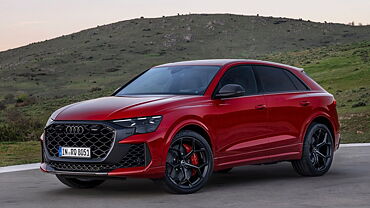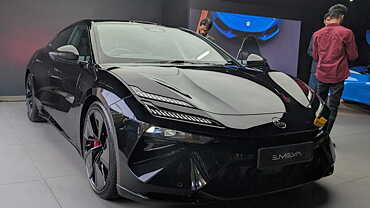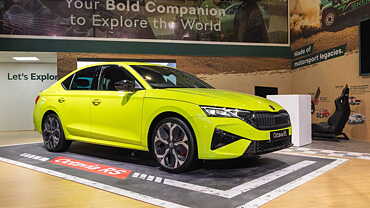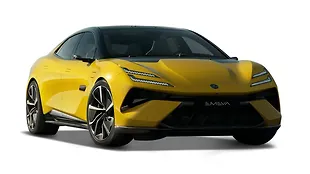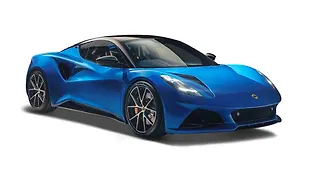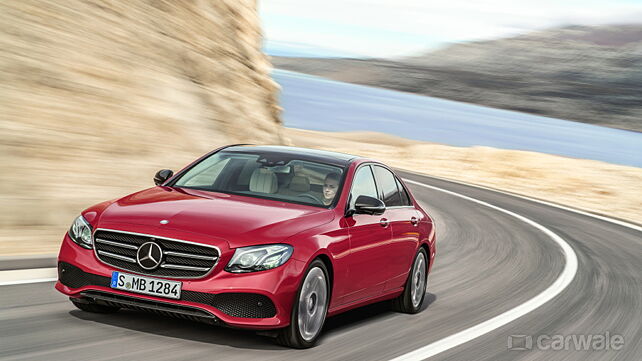
Mercedes-Benz E-Class Saloon achieved a full five-star Euro NCAP rating. The German saloon achieved 95 and 90 per cent in occupant and child safety respectively, 77 per cent in pedestrian protection and 62 per cent in safety assistance. All these results were better than the NCAP’s cut-off for a five-star rating.
The E-Class Saloon moreover, achieved two Euro NCAP 'Advanced' awards for Pre Safe and Attention Assist. Owing to the safety aids like the ‘Attention Assist’ and ‘Active Brake Assist’ as standard, E-Class was able to bag the five stars with ease. But many of the other safety features which helped it gain the rating are only available at a price as optional and not standard.
The saloon hosts a plethora of driver assistance systems to make it deserving of the rating, some of these features are - Active Brake Assist which can warn the driver of imminent collisions, or provides support with emergency braking and, if necessary, apply the brakes autonomously. Likewise, the Attention Assist with adjustable sensitivity is able to warn the driver of inattentiveness and drowsiness, as well as Crosswind Assist.
Other driver assistance systems which are available includes Drive Pilot, which is close to the automated driving, an Active Lane Keeping Assist, Active Blind Spot Assist and Traffic Sign Assist with wrong-way warning function. Unfortunately, some of these are still optional. The E-Class Saloon also has an active bonnet which can be raised by 80mm during an impact to provide additional deformation space. In addition, Active Brake Assist is not only able to recognise slow-moving, stopping or stationary vehicles but also pedestrians crossing in the danger zone in front of the vehicle and can brake autonomously to prevent the pedestrian from the collision.
Thatcham Research, a key member of Euro NCAP, is a consumer-focused vehicle safety organisation, since 2005. Thatcham's director of research, Matthew Avery said, "The E-Class is head and shoulders above the competition when it comes to advanced safety features. However, we know that the take-up of optional safety features is typically less than 10 per cent, so more needs to be done in terms of standard fitment to make these superb technologies more widely accessible."






